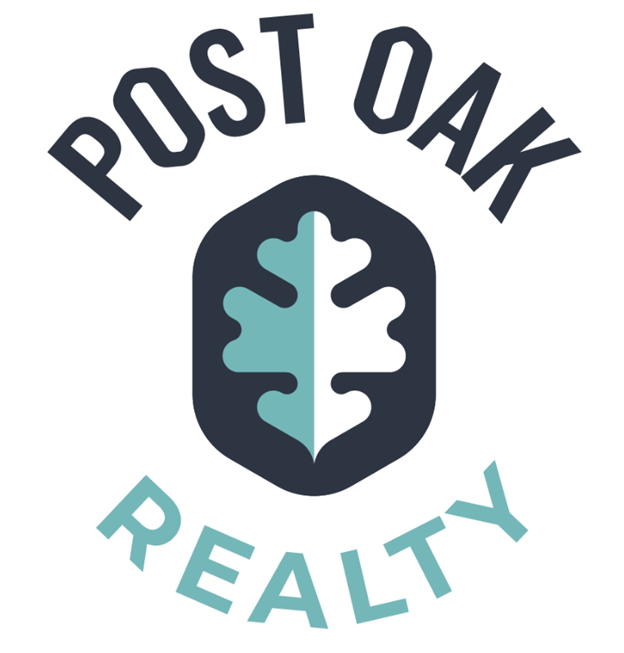Exploring Active Adult Communities: Lifestyle, Amenities, and Costs
When Gary retired, he knew he wanted a lifestyle that offered both comfort and excitement. As a single man, he was looking for a community where he could meet like-minded individuals and enjoy an active, engaging lifestyle. That's when he discovered the world of active adult communities – age-restricted neighborhoods designed specifically for the needs and desires of residents aged 50 and above.
As Gary explored various communities in the Dallas-Fort Worth Metroplex, he was thrilled to find a wealth of amenities, social opportunities, and beautifully designed homes that perfectly suited his new chapter in life. If you're considering a move to an active adult community, here's what you need to know to make an informed decision.
Lifestyle in Active Adult Communities:
One of the most appealing aspects of active adult communities is the vibrant lifestyle they offer. These neighborhoods are built around the idea of fostering social engagement and helping residents maintain an active, fulfilling life. From organized clubs and activities to community events and gatherings, there's always something to do and someone to do it with. Whether you're interested in fitness classes at the state-of-the-art gym, perfecting your stroke on the tennis court, or exploring your artistic side in a crafting workshop, you'll find countless opportunities to pursue your passions and discover new ones.
Amenities to Look For:
When evaluating active adult communities, pay close attention to the amenities they offer. Common features include clubhouses, golf courses, tennis courts, and walking trails – all designed to keep you engaged and active. Some communities go above and beyond, offering additional perks like on-site dining options, libraries, game rooms, and even healthcare services. As you tour different communities, consider which amenities are most important to you and your lifestyle.
Types of Housing:
Active adult communities offer a variety of housing options to suit different preferences and budgets. From single-family homes and condos to townhomes and apartments, you'll find a range of choices to call home. One advantage of these communities is that they often handle much of the exterior maintenance and upkeep, freeing you from the burden of lawn care and other time-consuming tasks. As you explore different housing types, consider your desired level of privacy, space requirements, and maintenance responsibilities.
Costs and Financial Considerations:
While living in an active adult community can offer incredible value, it's essential to understand the associated costs. In addition to the initial purchase price or rental rates, you'll likely pay monthly or annual homeowners' association (HOA) fees. These fees typically cover the maintenance of common areas, amenities, and other shared services. Some communities may also charge additional fees for certain activities or services. As you budget for your new home, factor in these ongoing costs and compare them to the expenses of traditional homeownership.
Choosing the Right Community:
With so many active adult communities available, how do you choose the right one? Start by researching and visiting multiple communities in your desired area. As you tour each neighborhood, pay attention to the overall atmosphere and imagine yourself living there. Ask questions about the amenities, fees, rules, and resident satisfaction. Don't be afraid to strike up conversations with current residents to get their honest feedback. Their insights can be invaluable in helping you make an informed decision.
Legal and Contractual Aspects:
Before making a commitment, carefully review the legal and contractual aspects of living in an active adult community. Understand the HOA regulations and community rules, which may cover everything from pet ownership to home modifications. Thoroughly read through any contracts and financial commitments, and don't hesitate to consult with legal or financial advisors if needed. Being fully informed about your rights and responsibilities will help ensure a smooth transition into your new home.
Making the Transition:
Once you've found the perfect active adult community, it's time to prepare for the move. If you're downsizing from a larger home, start the process early to avoid feeling overwhelmed. Many communities offer resources and support services to help new residents settle in, so take advantage of these offerings. Attend community events, join clubs that interest you, and make an effort to meet your neighbors. By embracing the opportunities available, you'll quickly feel at home in your new community.
Living in an active adult community can be a fantastic way to enjoy your retirement years or embark on a new chapter in life. With a wide range of amenities, social opportunities, and housing options, these neighborhoods cater to the unique needs and desires of the 50+ crowd.
As you explore the possibilities, take the time to research and visit multiple communities, ask plenty of questions, and carefully consider the financial and legal aspects. By doing your due diligence and choosing a community that aligns with your lifestyle and goals, you'll be well on your way to enjoying all the benefits of active adult living.
If you're considering an active adult community in the Dallas-Fort Worth Metroplex or the Lake Texoma area, I'm here to help. As a licensed realtor with the SRES designation, I specialize in helping clients navigate the unique aspects of buying or selling a home in an active adult community. Contact me, Pamela Scott, at Post Oak Realty in Denton, TX, to learn more about how I can assist you in finding the perfect home for this exciting new phase of your life. Visit my website at pamelascott.realtor to get started today.





